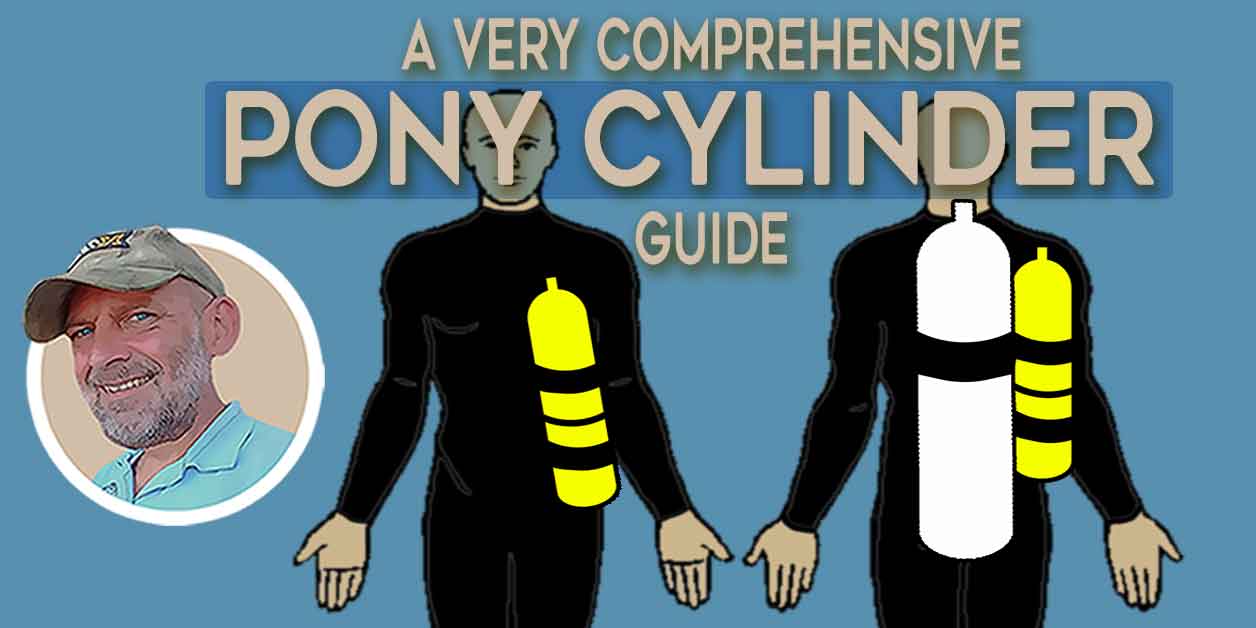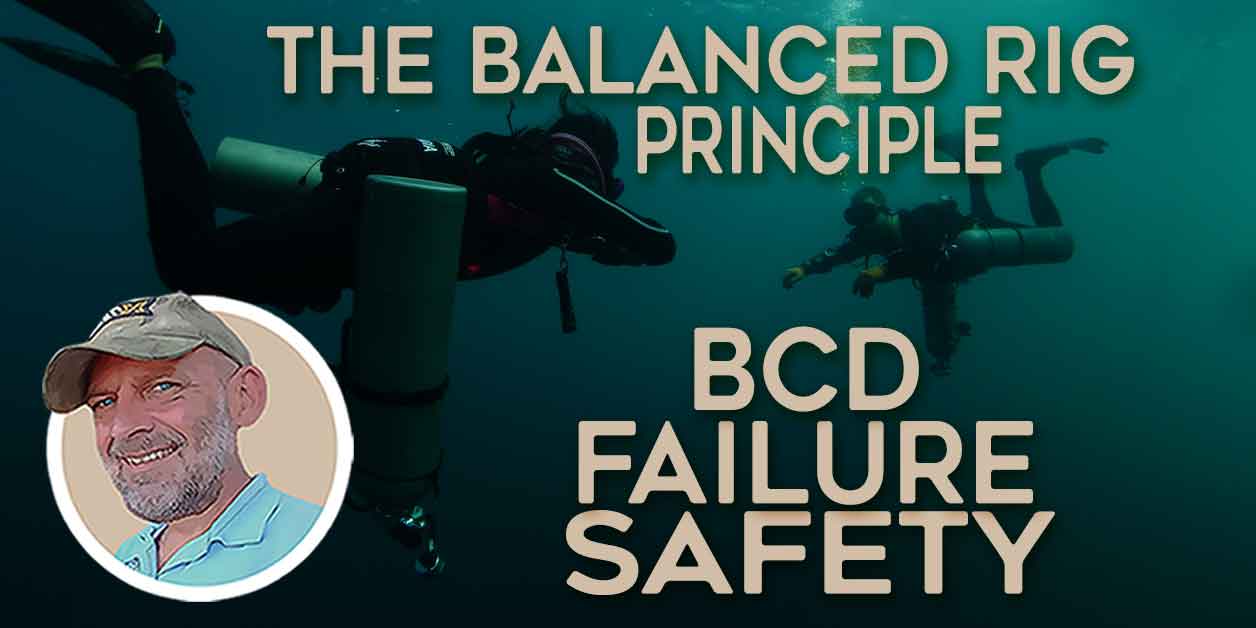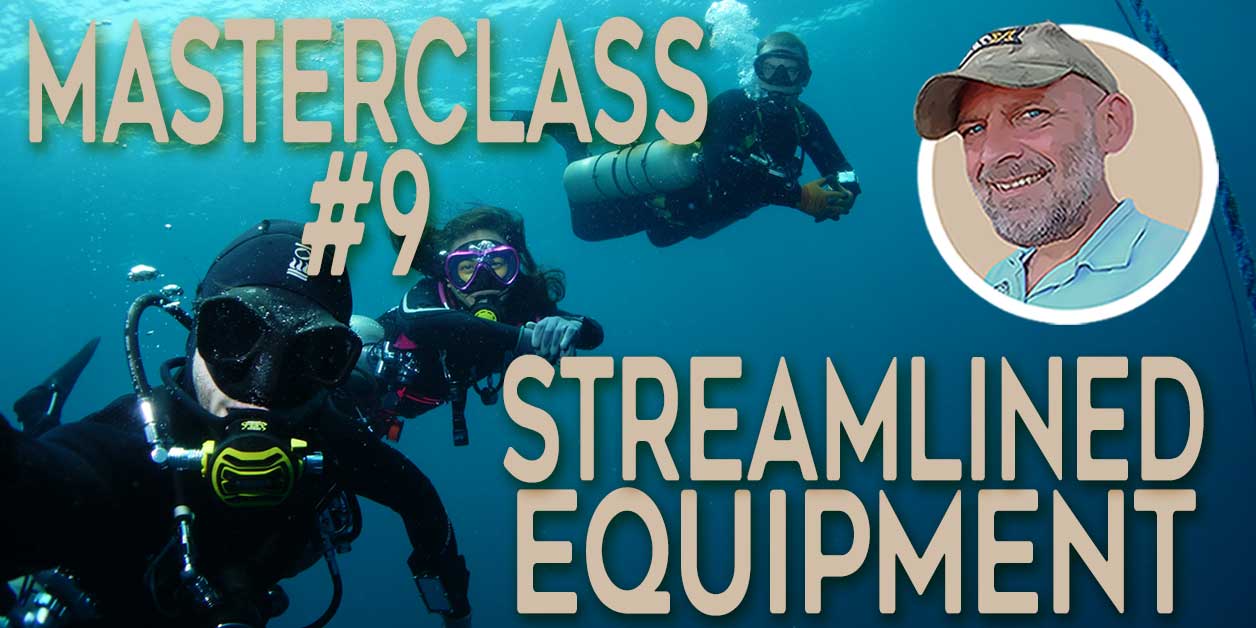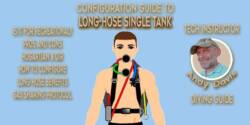Scuba Diving Cylinders: Steel or Aluminium?
Do professional divers prefer aluminium or steel scuba diving cylinders, or is it a purely personal choice? The choice of scuba cylinder material is ultimately a personal factor. Although there is some informed reasoning that can help determine that choice.
The biggest influencing factor is the diver’s buoyancy and weighting needs.
Cold water divers typically utilise dry suits as exposure protection. Dry suits are typically very buoyant and demand a considerable amount of ballast (weighting) to sink.
Drysuit buoyancy also remains constant regardless of depth. This is because more gas can be added to compensate for compression. Whereas thick wetsuits will compress substantially at depth. In doing so, losing a large amount of positive buoyancy. For that reason, wetsuit can leave the diver utterly reliant on their BCD to offset their weighting.
Rather than add large volumes of lead weights to their belt, many drysuit divers opt for steel cylinders. As such, the cylinders become a part of the diver’s weighting strategy.
This is why you’ll hear many cold/temperate water divers automatically suggest that steel tanks are better. However, in doing so, they’re showing inexperience in the demands of other environments. Also, it shows a lack of safety-focused consideration on diver weighting.
Key points in aluminum versus steel diving cylinders
- The choice between steel or aluminum scuba diving cylinders is a personal one, but the diver’s buoyancy and weighting needs are the biggest influencing factors.
- Cold water divers who use dry suits typically prefer steel cylinders because they need more ballast to sink and can’t rely on wetsuits for buoyancy.
- Wetsuit divers might not need as much ballast and may prefer aluminum cylinders for safety reasons, as steel cylinders can be too heavy to jettison in an emergency.
- The concept of a “balanced rig” approach considers cylinder buoyancy characteristics as an integral factor in the overall safety performance of the diver’s kit and configuration.
- Availability and gas supply demands are also factors influencing cylinder choice, with steel cylinders being more available and able to supply more gas than aluminum cylinders.
Scuba diving cylinders and wetsuit divers
A diver was using a wetsuit might not need so much ballast. Or, they may consider it prudent not weightneed through an item (the cylinder) which couldn’t be jettisoned in an emergency.
For the wetsuit diver, steel tanks would potentially replace too much lead weight. As a result, the diver had too little jettisonable ballast should they experience a buoyancy device (BCD) failure. They may become too negatively buoyant to swim unassisted to surface. That is, obviously, a major safety consideration if you don’t want to drown.
Scuba diving cylinders for drysuit divers
The drysuit diver, on the other hand, has an inherent solution for buoyancy device failure. They can use their drysuit itself to provide the buoyancy they’d need to surface safely.
“Old school” divers persist with heavy steel cylinders and wetsuits. They have to compensate with very large capacity BCDs that have a redundant back-up bladder. These are more bulky, more complex and cluttered… and more expensive. It’s merely a matter of old dogs not learning new tricks. i.e. not keeping informed of contemporary, proven, best practices for safety and performance.
Scuba diving cylinders and a balanced rig approach
The concept of intelligently considering cylinder buoyancy characteristics as an integral factor within the overall safety performance of the diver’s kit and configuration is known as the “balanced rig” approach. Unfortunately, many of the larger scuba training agencies neglect to teach that logical approach.
See: Balanced Weighting For Scuba Divers
The availability of scuba diving cylinders
A secondary factor influencing cylinder choice is simply the availability of cylinders. Steel tanks are ubiquitous in cold and temperate water regions.
In contrast, you will rarely find steel tanks in tropical areas – aluminium is used almost exclusively. This is because, as mentioned, warm-water divers rarely need, or want, very negatively buoyant cylinders. Also aluminium is more suitable for hot, humid climates where oxidation is a bigger issue.
The gas supply of scuba diving cylinders
A third factor would be the gas supply demands of the diver. Aluminium cylinders are rarely available in capacity greater than 100cuft/15-litres, and are limited to 200bar/3000psi pressure. Steel cylinders are available in greater capacities; up to 20L volume and pressures of 300bar/4500psi. Thus, steel cylinders can supply the diver with much more gas.
Key takeaways when deciding on your scuba diving cylinders\
- The choice of scuba cylinder material is ultimately a personal factor, influenced by the diver’s buoyancy and weighting needs.
- Cold water divers often prefer steel cylinders because they need more ballast to sink with dry suits.
- Wetsuit divers may not need as much ballast and may prefer not to weight themselves down with steel cylinders in case of an emergency.
- The concept of a “balanced rig” approach takes into account cylinder buoyancy characteristics as an integral factor within the overall safety performance of the diver’s kit and configuration.
- Availability of cylinders is a secondary factor, with steel tanks being ubiquitous in cold and temperate water regions, and aluminium tanks being more common in tropical areas.
- Steel cylinders are available in greater capacities and pressures than aluminium cylinders, allowing them to supply the diver with more gas.
About The Author

Andy Davis is a RAID, PADI TecRec, ANDI, BSAC, and SSI-qualified independent technical diving instructor who specializes in teaching sidemount, trimix, and advanced wreck diving courses.
Currently residing in Subic Bay, Philippines; he has amassed more than 10,000 open-circuit and CCR dives over three decades of challenging diving across the globe.
Andy has published numerous diving magazine articles and designed advanced certification courses for several dive training agencies, He regularly tests and reviews new dive gear for scuba equipment manufacturers. Andy is currently writing a series of advanced diving books and creating a range of tech diving clothing and accessories.
Prior to becoming a professional technical diving educator in 2006, Andy was a commissioned officer in the Royal Air Force and has served in Iraq, Afghanistan, Belize, and Cyprus.
In 2023, Andy was named in the “Who’s Who of Sidemount” list by GUE InDepth Magazine.
Purchase my exclusive diving ebooks!
Originally posted 2019-02-22 12:41:03.















